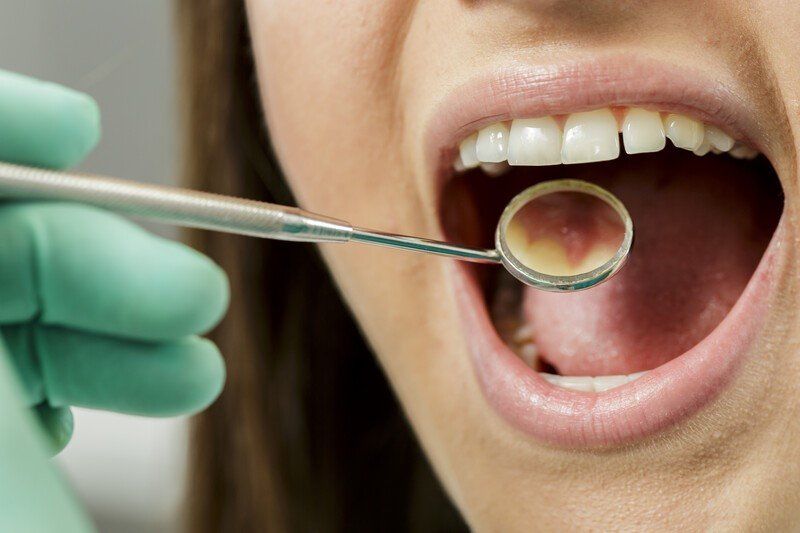Circle Drive Dental Blog
The Most Common Types of Cosmetic Dental Work
- By Morgan Temp
- •
- 12 Aug, 2019

Circle Drive Dental is a Rochester dentist offering the latest cosmetic dental procedures. If you’re interested in brightening your smile and enjoying the self-confidence boost that comes with healthy-looking teeth, consider one or more of these popular solutions.
Teeth Whitening
This is one of the most common cosmetic dentistry procedures because it helps alleviate a problem that virtually everyone experiences at some point: worn-down, stained teeth after years of eating, drinking, taking medication, and for some, tobacco use. Teeth whitening (also called teeth bleaching) is a quick and easy procedure performed at our local dentist. First we provide a thorough cleaning to remove tartar, plaque, and other detritus from a patient’s teeth. Then we apply a whitening coat that restores the teeth’s original color. If a patient desires bleaching, then it’s possible to achieve a hue that’s even lighter than the original color.
Dental Veneers
Veneers are a versatile solution used to combat several oral issues, from gaps between teeth and crooked teeth, to cracked/damaged enamel. Typically composed of medical-grade ceramic, each veneer is custom-made to resemble the patient’s natural teeth. The veneer is then applied to the front of each affected tooth and secured with a dental adhesive. The combination of high-quality ceramic and customization means that each veneer looks exceptionally realistic.
Dental Implants
For patients wanting to replace a lost tooth/teeth and restore their smile to “like new” condition, dental implants are an excellent option. This procedure sees the dentist surgically position a small screw (usually titanium, and also called a “post”) into the jawbone and beneath the gum line at the spot where a tooth is missing. A replacement tooth is then attached to the screw, and after a period of time the surrounding bone and tissue fuse to the implant, permanently securing it.
A dental implant won’t come loose like a denture, and since they don’t require anchoring to other teeth, they’re easier to keep clean and healthy. To ensure the procedure’s success, it’s important that the patient practice good oral hygiene during the “bonding” phase, keeping the area clean of food residue and plaque.
Composite Bonding (“Bonding”)
Bonding is a viable remedy for patients suffering from tooth decay, worn-down edges, discoloration, or chipped/cracked teeth. In the case of tooth decay, the process is similar to what you would expect when getting a filling. The dentist drills out and completely removes the decay, and the empty space is then covered with a composite material which the dentists sculpts to restore the tooth’s correct shape. The bond is then cured with a high-intensity light and then polished, the end-result being a tooth that looks strong and healthy.
Inlays/Onlays
Also called “indirect fillings”, inlays/onlays are employed in situations where a tooth has mild to moderate decay. If the decay hasn’t damaged the tooth’s cusps, then an inlay made of composite resin is attached to the affected area with dental cement. If the cusps are damaged, an onlay is used instead, which covers the tooth’s entire remaining surface. In both cases, the goal is to support and strengthen the teeth, restore their natural appearance, and prevent further decay.
Work With Our Cosmetic Dentistry Experts
If you consider yourself a candidate for cosmetic dentistry, contact our nearby dentist today and schedule a consultation. We’ll recommend a procedure, whether that be veneers, bonding, or Invisalign, that we feel is ideally suited to restoring your smile.





